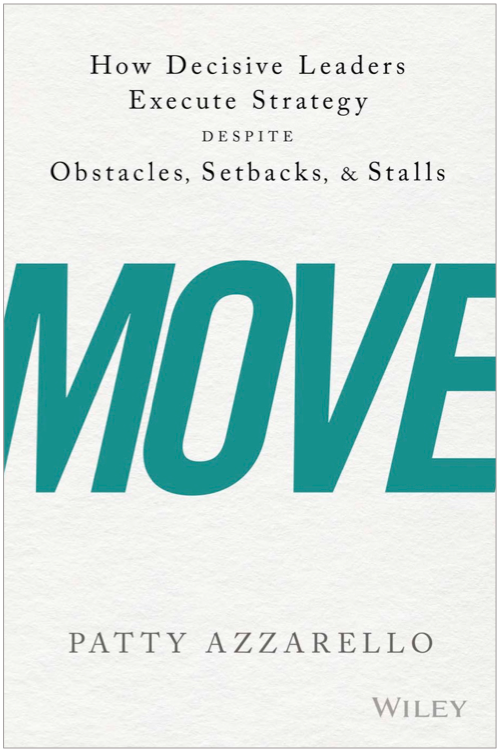A Note on Good vs. Bad Leaders
I don’t think it’s any secret that I believe good leaders bring a sense of humanity into the workplace. In fact this was the topic of my TEDx talk.
If you accept this premise to be true, bad leaders are the ones who think:
I pay you well to do a job.
Do it.
And don’t expect me to care about you, or treat you with respect otherwise.
The good leaders in this respect, are the ones that make an effort to interact with the whole person.
Good leaders invest in creating an environment of trust, support, and meaning for the work.
Super-heroes
This relates to something I talk about in my leadership workshops, when we work on the key aspects of being good leader.
In fact, this has become a baseline that I set for my own leadership:
Have an explicit goal to make your employees feel like super-heroes.
It started when I got an email awhile back from someone who worked in my organization long ago that said, “When I worked for you, I was Superman”.
I thought, “That’s wonderful!”, then I thought, “OK, now that’s the goal for everyone, all the time”.
Think about how powerful this idea is.
If you could have all of the people on your team feeling like super-heroes, what could they do for you? For the business?
How much more motivated would they be?
How much more invested and accountable would they be in solving problems and creating outcomes if they felt like they had your trust to do big things?
How energized and proud would they feel if they were using their super-power, and being appreciated for it?
10 Ways to make employees feel important
In the spirit of making your employees feel like super-heroes, here are some ideas.
1. Learn what their unique super-power is
Take the time to do this with each person. Learn their strengths. Learn what they have done in the past that they are most proud of. Learn what types of work give them the most energy.
2. Let them use their super-power
Do your best to give them work that suits their natural strengths, or help them find a job that allows them to. It does no service to anyone to keep a person in a job that does not suit them.
3. Start with trust
Ernest Hemingway: “The best way to find out if you can trust someone is to trust them”. You are always better off to start with trust. If the person disappoints you, THEN manage the gaps. If you start micromanaging before you give someone a chance with trust, you have forever ruined an opportunity to get the best motivation and performance from those who deserve trust (which in my experience is the majority of people).
4. Explain why their work matters
Study after study shows that people work for meaning, not money. Take the time to create meaning. Show how each person’s job fits into the larger picture. If you can’t do this, you either have some learning to do, or maybe you need to re-evaluate that job.
5. Remove obstacles and chaos
Nothing makes an employee feel irrelevant like slogging against an organizational obstacle that their manager could fix, but does not care about.
Ask them if their progress is blocked by uncertainty, bad process, indecision or conflict somewhere, and work to resolve it. Even if you delegate it back to them to resolve it, the fact that you are addressing it and supporting its resolution goes a long way.
6. Make 1-1 meetings a priority
Have regular conversations. Explore. Listen. Learn. Create alignment and clarity. People need feedback and some connection with you to feel secure and valued.
7. Know what they care about
Ask people what is important to them. Ask what they care about. Ask what matters to them about their job. Ask what’s important to them in their life.
You’ll be surprised at the answers and how easy you can do things for them as their manager that respect and reward them in unique ways.
8. Ask their opinion
Get their inputs on your plans and decisions early in the process. Allow them to contribute their ideas. Even if you can’t act on their ideas, taking the time to consider them says, “You are important.” It creates motivation and buy-in — way more than springing it on them at the end and expecting them to jump into action with no history or context.
9. Be curious
Be genuinely curious to learn things from them. Make them feel smart. Make them feel smarter than you. Be delighted when you learn something new from them. Let them know their ideas are valuable.
10. Give credit
Recognize accomplishments and show appreciation in the way the employee prefers (This implies that you know, which you learned in #7)
This was not meant to be an exhaustive list. I could probably list another 10. What would you add to the list?
Winners of the two coaching sessions
This idea of genuinely engaging people is something I write about in my book MOVE.
Last week I offered two free coaching sessions with me in conjunction with the Launch of my book MOVE on Audible. People pre-ordered to enter.
Thank you all for your orders, and the reviews you wrote on Amazon. I really appreciate it!
The two winners selected at random, are Sarah and Joshua. I’ve communicated with them directly, and I look forward to the sessions.
What do you think?
Join the conversation about this on my facebook page.
Patty Azzarello
Patty is available to speak at your company, annual meeting, or customer event. She can also deliver a custom workshop on Leadership or Strategy Execution for your leadership team. Contact Patty.
MORE ABOUT PATTY:
Patty Azzarello is an executive, best-selling author, speaker and CEO/Business Advisor. She became the youngest general manager at HP at the age of 33, ran a billion dollar software business at 35 and became a CEO for the first time at 38 (all without turning into a self-centered, miserable jerk)




